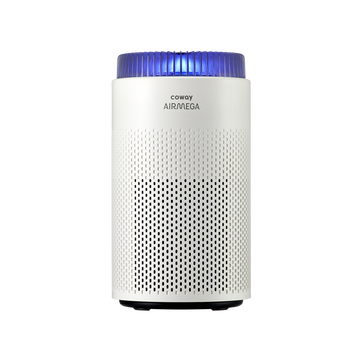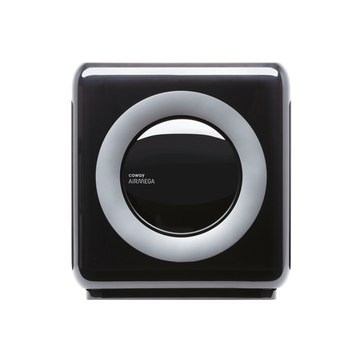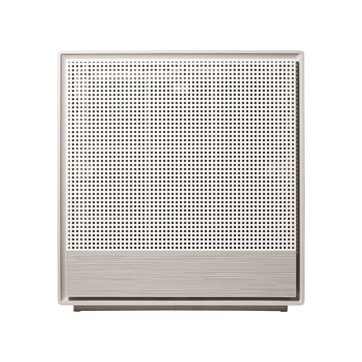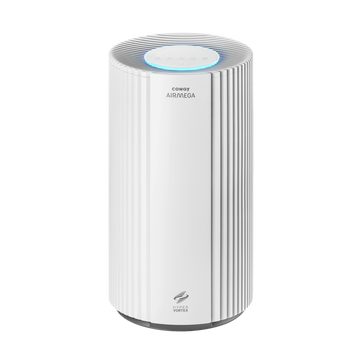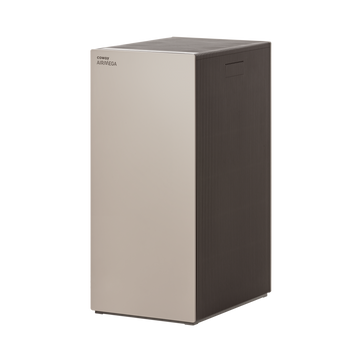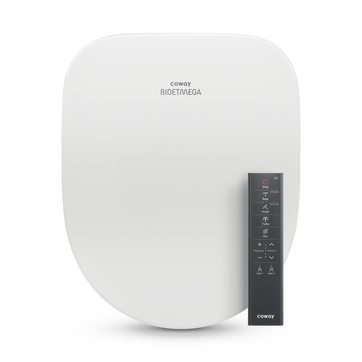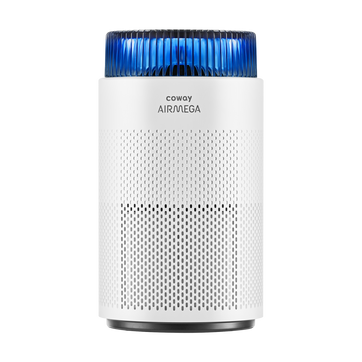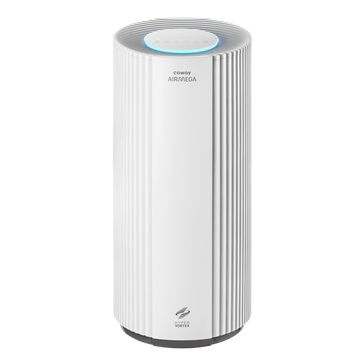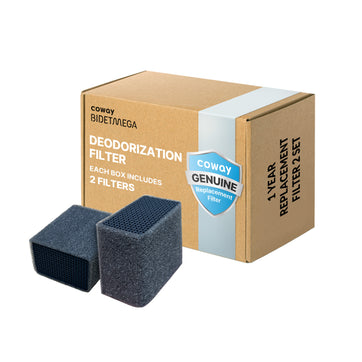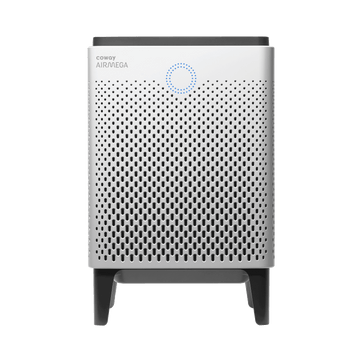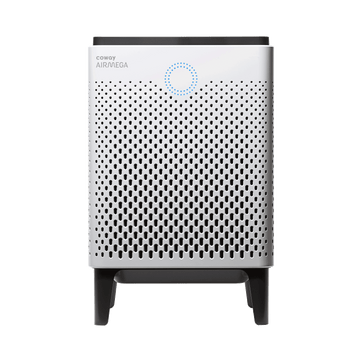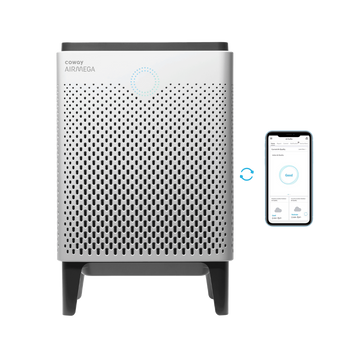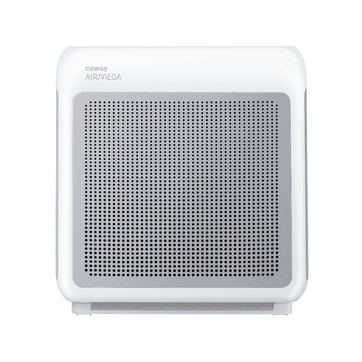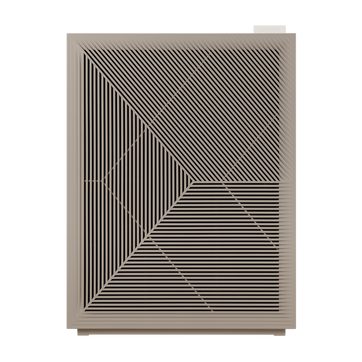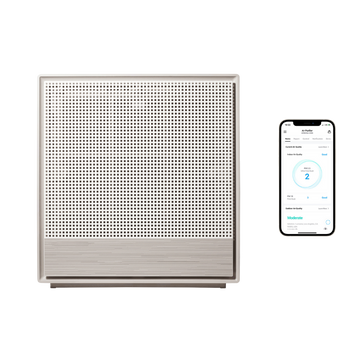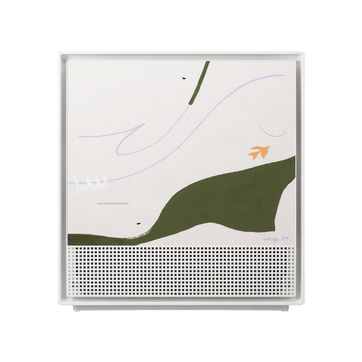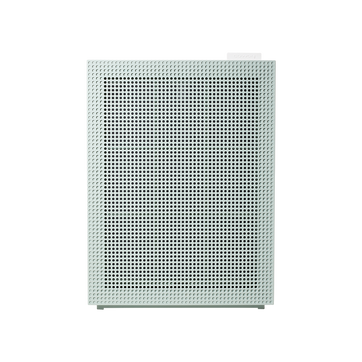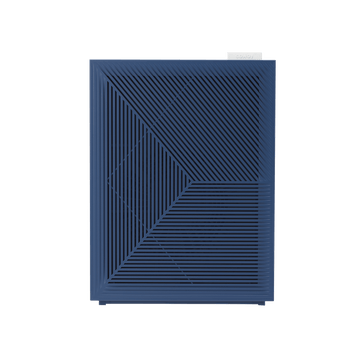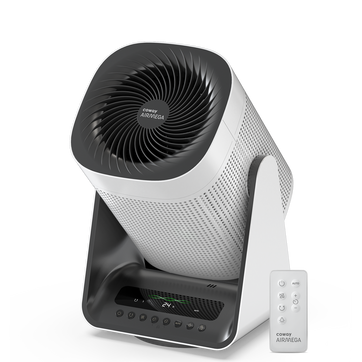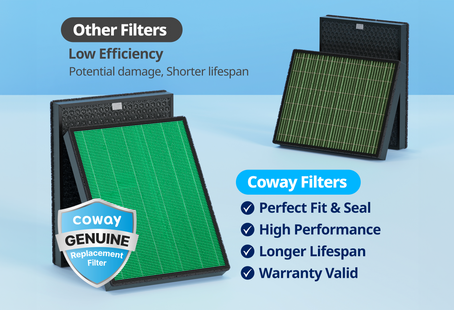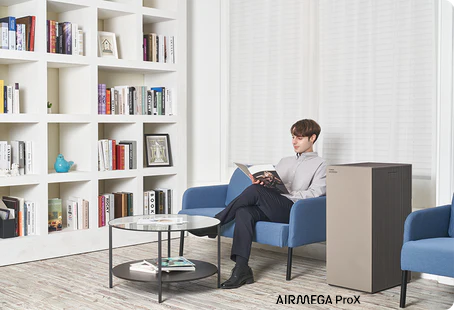
California wildfires, flood damage and more affecting air quality at home
With the recent wildfires in California, air quality is once again top-of-mind for many people across the U.S. In a recent New York Times article about air purifiers, writer Kristin Wong mentioned the impact of smoke on long-term health, stating that short-term exposure to smoke does not pose many long-term risks. However, the story states that certain groups, such as children, the elderly, people who are pregnant, or people with asthma or cardiovascular disease are susceptible to health hazards as a result of exposure to smoke. The story also mentions that air pollution and air quality are not simply linked to wildfire smoke, but various other contaminants that we each breathe in daily. So what are we breathing, and what are some ways to keep up-to-date on your local air quality?
If you live in a city, you may be familiar with smog and pollution caused by mass transit. Cities often have lower air quality compared to non-urban locales, but those who live in the suburbs or rural areas are exposed to triggers such as allergens, which may be more prevalent in areas with abundant foliage. Air quality can change based on a variety of environmental and human factors, including seasonal changes, weather conditions, manufacturing and production.
According to the World Health Organization, the major contributors to outdoor air pollution include particulate matter, ozone, nitrogen oxides, carbon monoxide and sulfur dioxide. These contaminants affect different parts of the body at different levels and various intensities depending on the amount of exposure. Some countries, such as India and China, see over 1.1 million premature deaths related to outdoor air pollution in a single year. Although air pollution in the U.S. has not yet reached this level, when disasters such as wildfires affect areas in the U.S., air quality drops to record, dangerous lows. Other natural disasters, such as massive flooding from hurricanes like Harvey, which hit Texas this year, can have a negative impact on air quality as well, with fungus and mold spores growing in affected homes.
To stay up to date on the outdoor air quality in your area, you can check out the EPA’s AirNow site, which lets you look up local air quality conditions by zip code and state. If you or someone you know is living in an area that frequently experiences unhealthy air conditions, you may benefit from using a HEPA air purifier in your home. HEPA air purifiers, such as Airmega, are designed to help trap contaminants in the air and keep you and your family safe so that you can breathe deeper.
Disclaimers
1Coway air purifiers have been proven to trap dust, pollen, dander, viruses and bacteria in the air based on KCL (Korea Conformity Laboratories) testing.They have been tested in a 30㎥ size chamber according to the Korea Air Cleaning Association standard (SPS-KACA 002-132:2022 Modified) to measure the 0.01㎛ size of particle removal rate. It was tested on maximum airflow speed in normal room temperature and humidity conditions. The performance may vary in the actual living environment of customers.
→ Tested with Airmega Aim, 50, 100, 150, 160, Tower AP-1216L, Mighty AP-1512HH, MightyS AP-1512HHS, 200M, Icon, IconS, 230, 240, 250, 250 Art, 250S, 300, 300S, 350, 400, 400S, 450, ProX
299.97% of viruses, bacteria, fungi and pollen were verified to be removed from the air for Coway air purifiers which have Green True HEPA™ filter applied based on the Japan Food Research Laboratories(JFRL) testing according to JEM 1467 standard.
→ Tested with Coway Airmega Mighty AP-1512HH, MightyS AP-1512HHS, 250, 250 Art, 250S, 300, 300S, 400, 400S
→ All tested by JFRL and received above result within below time.
4The concentration of ammonia, acetaldehyde and acetic acid were proven to be removed within 30 minutes by FCG Research Institute, Inc. Human Life Science Lab. It is not a demonstration result in the actual use space. Not all odors and gases may be supported. → Tested with Coway Airmega 150, 160, Mighty AP-1512HH, MightyS AP-1512HHS, 400, 400S
5The coverage area of the air purifier is based on an area where the air cleaner can make two air changes per hour (ACPH). An air change per hour translates to how many times an air purifier can clean an area, assuming the height of a ceiling to be 8 ft, in one hour. Therefore ** means two air changes per hour means that the cleaner can clean the area once every 30 minutes and * means air changes per hour means that the air purifier can clean the area once every 60 minutes.
10Terms and conditions apply. Discounts, including promotions, coupons, bundle discount and subscription discount, cannot be stacked on top of other coupons. During promotional periods, discount codes will not be able to be applied to orders. Promo codes may apply to products only—filters, accessories, and new products within 3 months of the release date are not included.
11Based on Coway R&D internal laboratory testing, activated carbon filtration was shown to remove up to 95% of ammonia odors within 40 minutes, and up to 99% of fecal odors within 20 minutes. Actual performance may vary depending on usage conditions.
